Today we have a more sobering topic to discuss: the issue of early-onset cannabis use and pre-natal cannabis exposure.
Before beginning, we’d like to clarify that the following information applies specifically to cannabis containing primarily THC. The jury is out as to whether CBD-heavy strains, which are not nearly as psychoactive, are harmful for adolescent brain development. In many such situations, treating children with CBD cannabis is the last resort for serious, debilitating conditions that have not responded to pharmaceuticals and pose greater detriment to the child’s health than the possible ramifications of cannabis use. In these cases, the isolation of CBD from THC to avoid any psychoactive byproduct is typically seen. Hence administering cannabis to children might be the best option available to avoid heavy narcotic-based drugs. This article, on the contrary, is about pre-natal exposure and unregulated use of THC dominant cannabis by adolescents.
While research has indicated some limited neural-protective effects of cannabis for adults, the picture seems very different for adolescents, particularly children. Until the age of around 16, major brain structure developments continue to occur, often brought about by hormonal changes in the body. The endocannabinoid system is linked to the endocrine system that controls those hormones, which means that cannabis is capable of affecting brain development during adolescence. The degree and in what way that effect occurs is still being investigated and has not been elucidated as clearly as early-onset alcohol use has. Thus far, we have yet to come across a study that can quantify the decrease or increase in functioning ability that comes from early-onset cannabis use. However, we do have proof that significant long-term differences in brain functioning are occurring with adolescents who use cannabis, whether structural or otherwise, through monitoring brain activity. One study, in fact, from the University of Cologne, used MRI machines to monitor blood-oxygenation levels in various parts of the brain. During this observation, participants were administered a series of tests designed to measure functional memory. Researchers then observed differences in brain responses between two groups of patients: those that began using cannabis before age 16 and those that did not begin using cannabis until after age 16. In this study, researchers noticed increased activity in the super-parietal lobe of the brain in early-onset users. The super-parietal lobe functions primarily to form a single perception (cognition) out of many different sensory inputs. The researchers attempted to normalize for as many outside variables (alcohol use, family income, education, etc) as possible that would lead to differences in brain patterns, but the difference persisted. The exact effect on cognition is unclear, but what is evident is that there is a long-lasting difference that does not remit with cessation. For this reason, it seems very inadvisable at this point in time for individuals under the age of 16 to be prescribed THC only cannabis if less risky medications are available.
The results of pre-natal exposure to cannabis are much less equivocal: it’s bad. A group of doctors from Sweden’s Karolinska Institute and the Mount Sinai School of Medicine accumulated the effects of pre-natal cannabis exposure (see table below) both in human studies, as well as more controllable but less defining rodent models. Although these effects are caused by various sources, the major culprit is thought to be maternal programming, or the signals that a mother’s body sends to the fetus that instigate further development. Cannabis is thought to have the ability to interrupt or confuse these signals in the mother, which in turn can be harmful for the child. This type of interruption has been shown to lead to both neuropsychiatric disease and bodily disease in other cases, so it follows that the same may hold true here.
Unfortunately, cannabis is more often consumed during pregnancy than alcohol. This is most likely in part because cannabis use is generally so safe and non-reactive with other medicines that mothers assume that their use will not harm fetus development. While extensive public campaigns have been waged to alert expecting mothers to the dangers Fetal Alcohol Syndrome, which is both more damaging and more understood, little is said publicly about cannabis use during pregnancy.
Part of our responsibility as a medical cannabis community is to guide the use of cannabis out of situations in which it may create harm. It is tempting to fall into the idea that because cannabis is organic material, it is completely harmless to absolutely anyone at any age. Cannabis, like any substance, medical or otherwise, must be understood and treated with respect. At this point in time, we believe early-onset THC dominant cannabis use should be avoided, and pre-natal cannabis use should be entirely and immediately abstained from.
[Graph Inset: Chart showing accumulation of research papers documenting various impacts of prenatal exposure to cannabis in both human trials (top) and rodent trials (bottom).
Works Cited
Daniela Calvigioni, Yasmin L. Hurd, et. al. (2014) Neuronal substrates and functional consequences of prenatal cannabis exposure. European Adolescent Psychology Journal 10 (2014), 931-41.
Harrison Pope Jr., Amanda Gruber, James Hudson, et. al. (2003) “Early onset cannabis use and cognitive deficits: what is the nature of the association?” Drug and Alcohol Dependence Journal 69 (2003), 303-310.
Benjamin Becker, Daniel Wagner, Euphrosyne Gouzoulis-Mayfrank, et. al. (2009) “The impact of early-onset cannabis use on functional brain correlates of working memory”. Progress in Neuro-Psychopharmacology & Biological Psychiatry 34 (2010) 837–845


